-
Research brief: Sea ice cover independently validates air temperature over Antarctic
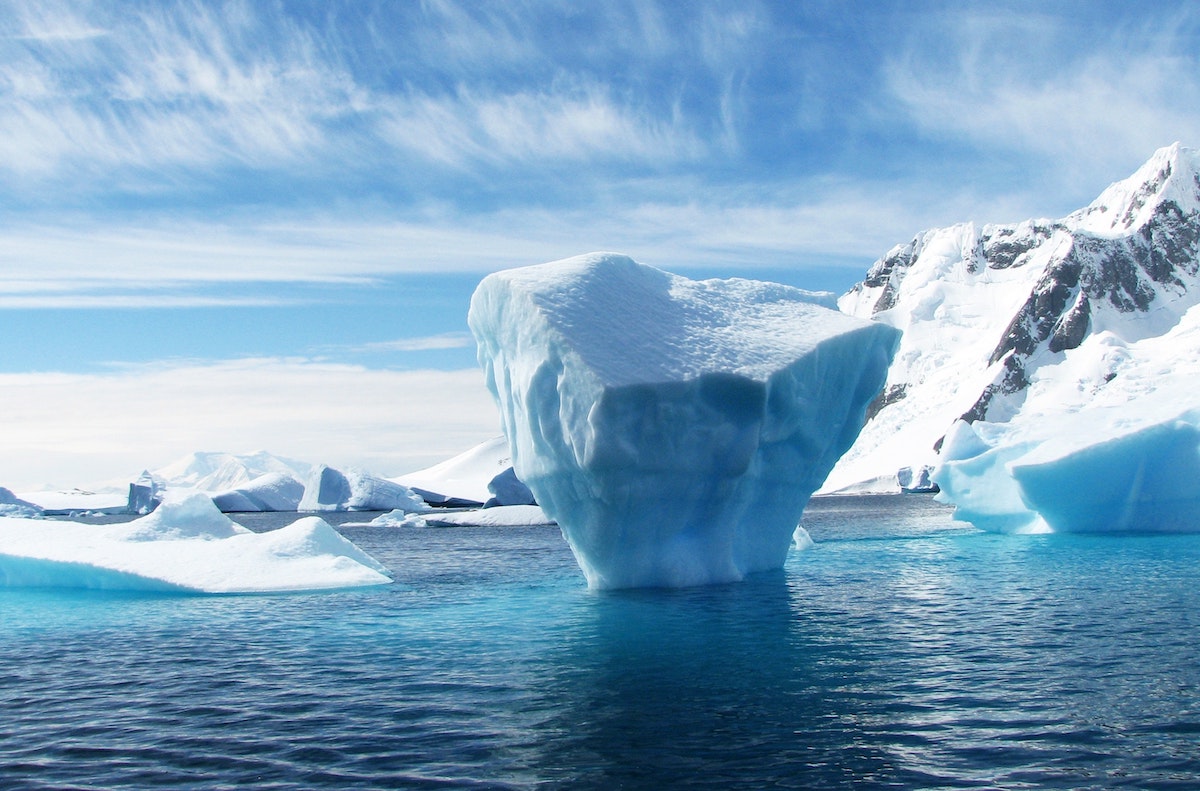
This study is based the well-established fact that sea ice cover is very closely related to surface air temperature, so that we can use trends in Antarctic sea ice as an independent validation for the reanalysis trends.
-
Research brief: How a glacier tongue break influenced phytoplankton blooms in Antarctica
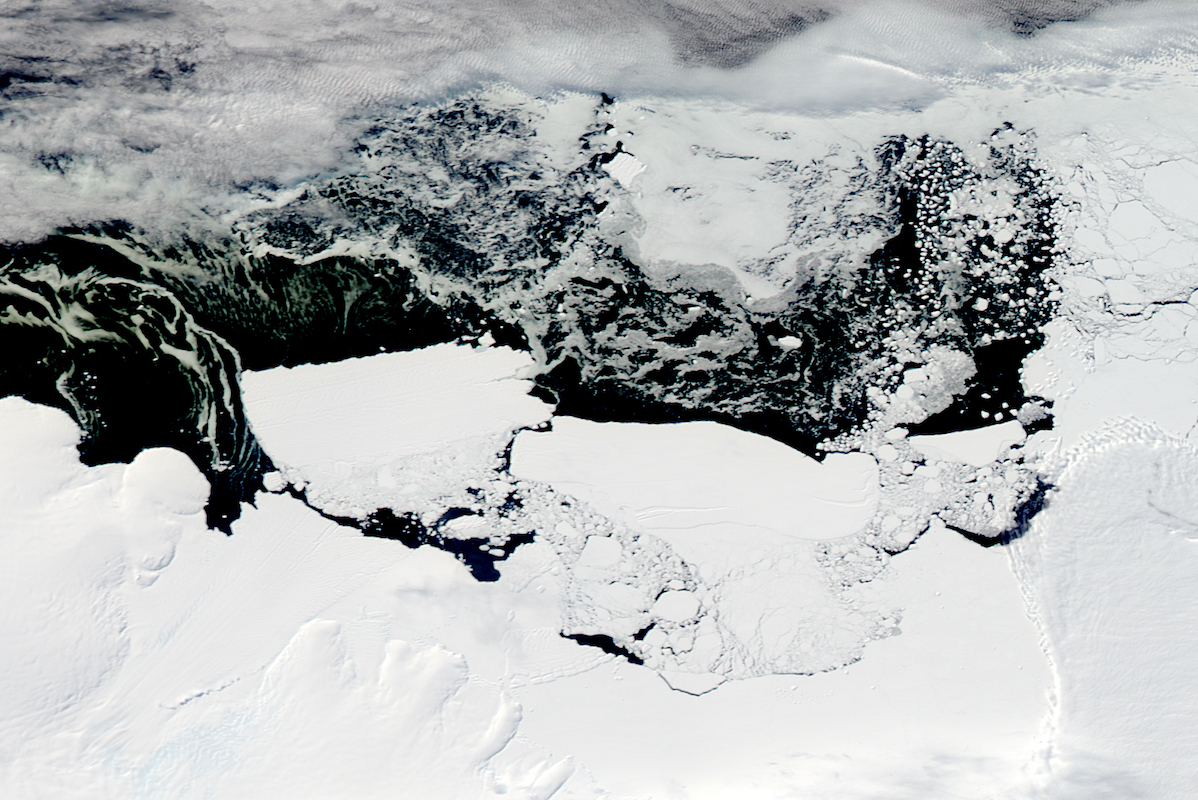
In this paper, the researchers investigated how a major glacier tongue break in the Mertz polynya in Antarctica impacted phytoplankton blooms. Larger phytoplankton blooms increase the amount of carbon that can be stored in the deep ocean.
-
Research brief: Hemispheric index fails to capture Variations in winds around Antarctica
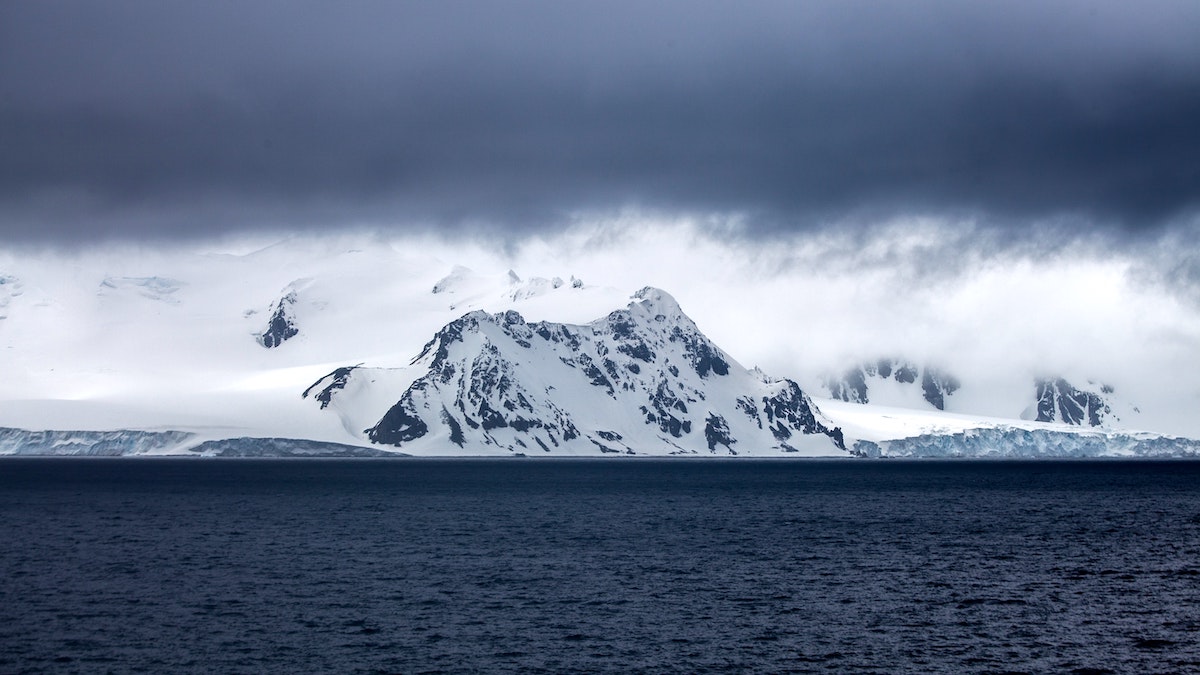
By grouping weather systems by similar patterns rather than averaging conditions over months, seasons or years, CLEX researchers found that between Australia and Antarctica, the ‘doughnut’ structure of SAM is split into multiple ‘flavours’ and is more likely to have ‘bite marks’ out of it than be a perfect ring.
-
Research brief: Winds impact upper ocean heat storage in Indian Ocean
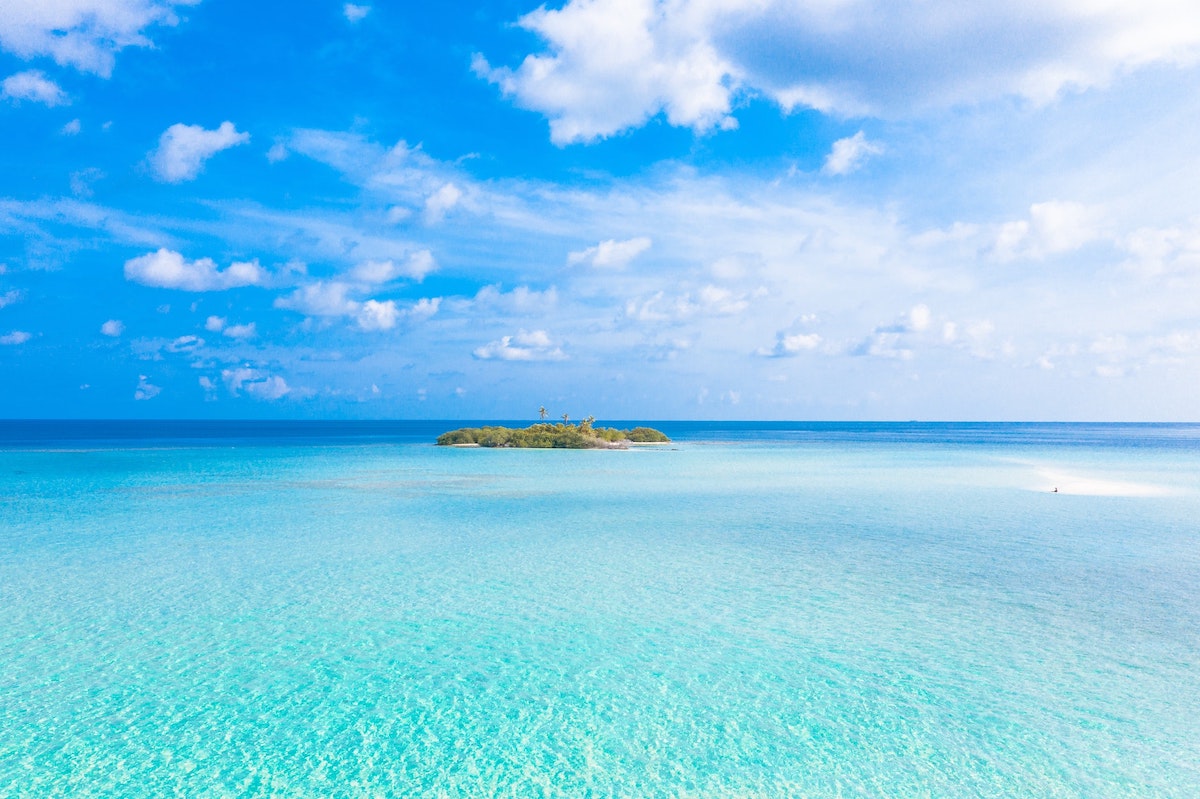
Using ocean model simulations, this study demonstrates that the unusual behaviour of Indian Ocean temperatures over the past 60 years was mainly due to wind conditions.
-
How sensitive is the Earth’s temperature to the amount of carbon dioxide in the atmosphere?

A landmark new international review of climate sensitivity led by ARC Centre of Excellence for Climate Extremes researcher Prof Steven Sherwood has reduced the uncertainty in Equilibrium Climate Sensitivity. Estimates of likely values now vary by less than a factor of two. The new assessment concludes that the climate is more sensitive to atmospheric carbon…
-
Record Breakers: What causes the longest, largest and most intense ocean heatwaves
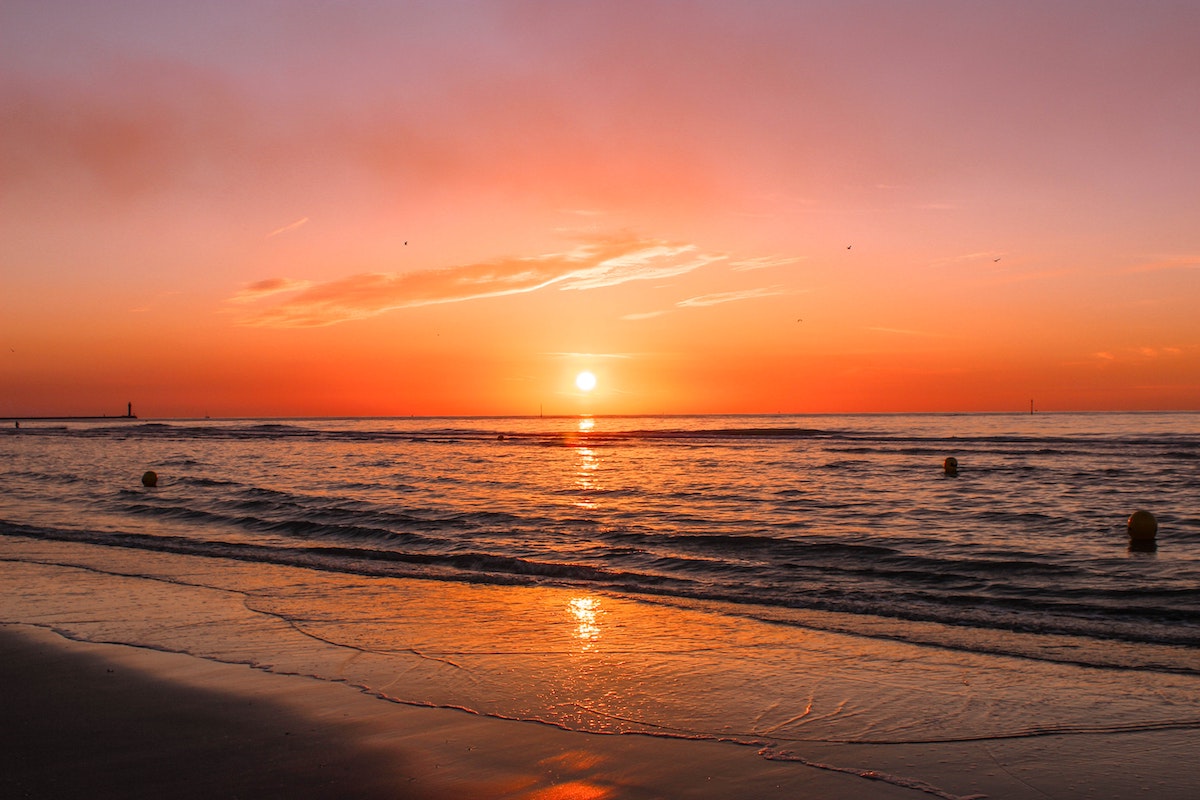
In a new study published in Nature Scientific Reports, a group of oceanographers, atmospheric scientists, ecologists and fisheries experts got together to identify the most severe marine heatwaves over recent decades. The objective was to understand what triggered these events and led to their ultimate demise.
-
New book reveals how climate change affects ENSO
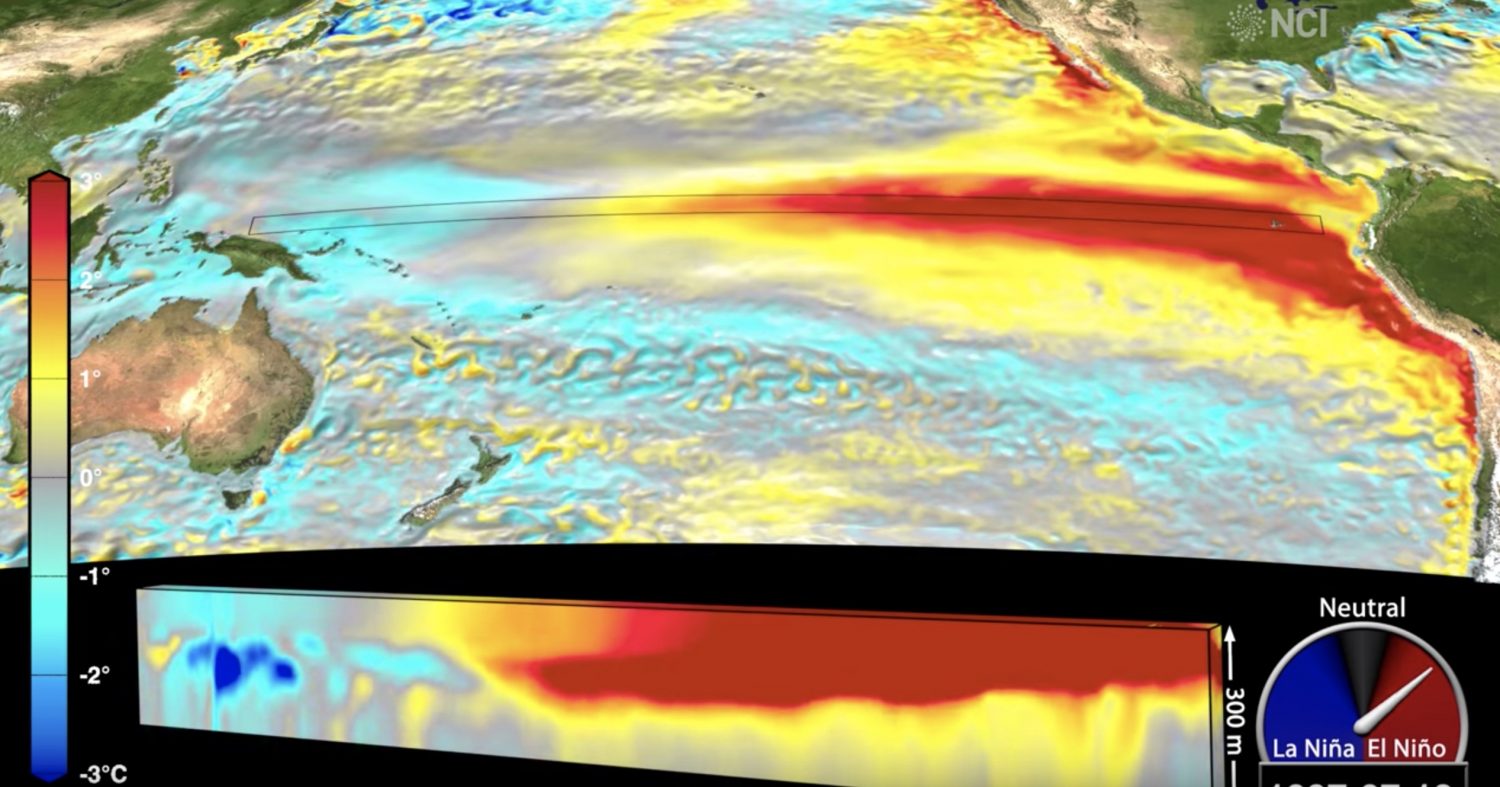
As a La Niña event intensifies in the Pacific, bringing increased rain to parts of Australia and a powerful hurricane season to the Tropical Atlantic, a new book reveals the dynamics and impacts of the El Niño Southern Oscillation (ENSO), the irregular cycle that switches the Pacific Ocean between these cool La Niña and warm…
-
Research brief: tropics and SOUTHERN HEMISPHERE subtropics were drier in the mid‑Pliocene Warm Period

New study shows November-to-March precipitation (when rainy season peaks over most of the Southern Hemisphere land mass) was significantly reduced both in the Southern Hemisphere tropics and subtropics due to a weakening of the subtropical convergence zones during the mid-Pliocene Warm Period.
-
Research brief: Natural variability and warming pattern may decide how El Niños will change
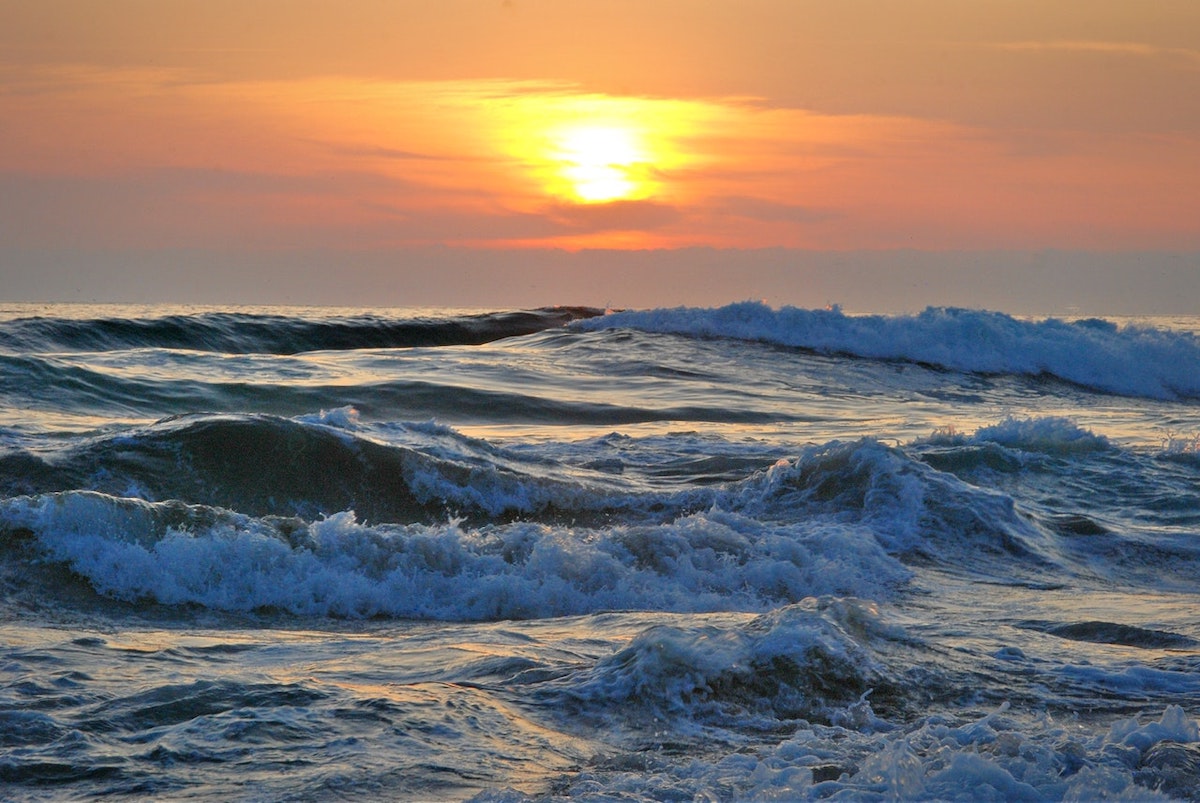
CLEX researchers and colleagues investigated how El Niños may change in the future using paleoclimate data in combination with CMIP5 and CMIP6 model runs.
-
Research brief: Wind not needed to create ocean gyres
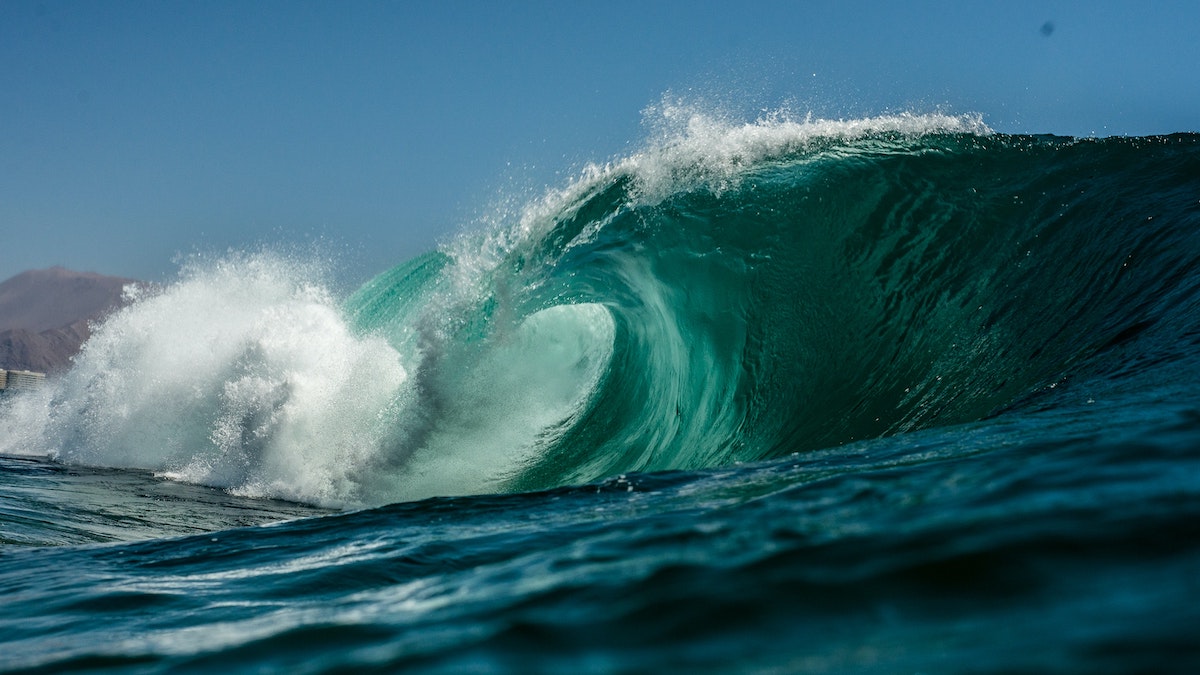
CLEX researchers have demonstrated that ocean gyres (complete with a rich eddy field and strong western boundary current) occur even in the absence of wind forcing.
